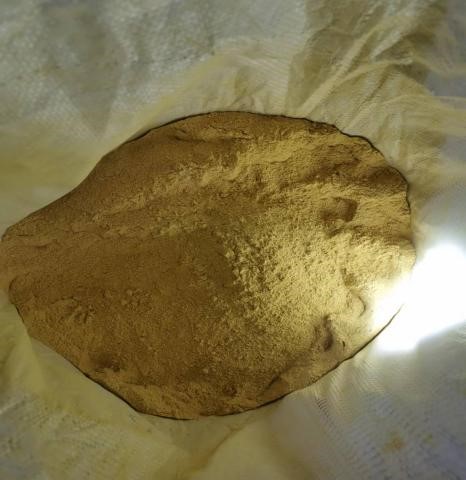



define polyacrylamide
Understanding Polyacrylamide Properties, Uses, and Applications
Polyacrylamide (PAM) is a synthetic polymer derived from acrylamide monomers. Since its discovery, it has evolved into a versatile material widely used across various industries, chiefly due to its remarkable properties and adaptability. In this article, we will explore the fundamental characteristics of polyacrylamide, its applications, and the factors contributing to its prominence in numerous fields.
Properties of Polyacrylamide
Polyacrylamide is characterized by its high molecular weight, which results from the polymerization process of acrylamide. The molecular structure of PAM features a chain of repeating acrylamide units, providing it with unique physical and chemical properties. One of the most notable attributes is its ability to absorb water and swell, making it an excellent choice for applications that require high levels of moisture retention.
In addition to its excellent water retention capabilities, polyacrylamide is known for its stability in various pH conditions and its resistance to thermal degradation. These properties enhance its usability in diverse environments, from agricultural settings to industrial applications. Furthermore, PAM can be modified to achieve different characteristics, such as varying charge density and hydrophilicity, depending on the desired application.
Applications in Industry and Research
1. Agriculture Polyacrylamide has found extensive use in agriculture, particularly as a soil conditioner. When incorporated into soil, it improves water infiltration and retention, which is vital in arid regions. This property helps in reducing soil erosion and promoting plant growth by ensuring that crops have access to adequate moisture levels. Moreover, PAM can enhance nutrient absorption and reduce the leaching of fertilizers into water systems.
2. Water Treatment Another significant application of polyacrylamide lies in water treatment processes. PAM acts as a flocculant, aiding in the removal of suspended particles from water. In wastewater treatment, it is used to aggregate and settle out solid waste contaminants, thereby improving the quality of effluent. Its ability to clarify water makes it a critical component in municipal water treatment plants and industrial water filtration systems.
define polyacrylamide

3. Oil Recovery In the petroleum industry, polyacrylamide is used in enhanced oil recovery processes. It functions as a thickening agent, increasing the viscosity of water injected into oil reservoirs. This optimization allows for better displacement of oil, leading to improved extraction rates. The application of PAM in oil recovery demonstrates its capacity to enhance efficiency in natural resource management.
4. Biomedicine Recent advancements have seen polyacrylamide utilized in the biomedical field, particularly in drug delivery and tissue engineering. The polymer’s biocompatibility and ability to form hydrogels enable it to serve as a scaffold for cell growth and proliferation. Researchers are exploring its potential in developing controlled-release systems for pharmaceuticals, paving the way for innovative therapeutic solutions.
5. Cosmetics and Personal Care Polyacrylamide is increasingly popular in the cosmetic industry, where it serves as a thickening agent and emulsifier. It provides a desirable texture to lotions and creams while enhancing the stability of formulations. Furthermore, PAM’s film-forming properties can help in creating smoother application experiences in various cosmetic products, such as hair gels and primers.
Environmental Considerations
Despite the numerous benefits of polyacrylamide, it is crucial to address environmental concerns associated with its use. The polymer is derived from acrylamide, a neurotoxic compound. Although PAM itself is generally regarded as safe when used correctly, potential risks arise from improper disposal and degradation of the polymer in the environment. Advanced research is ongoing to ensure the environmentally friendly use and disposal of polyacrylamide, focusing on minimizing any adverse impacts on ecosystems.
Conclusion
Polyacrylamide stands out as a multifunctional polymer with significant applications across numerous fields, including agriculture, water treatment, oil recovery, biomedical research, and cosmetics. Its unique properties, such as water retention and stability, underline its versatility and effectiveness. As our understanding of this polymer expands, continued innovation will likely lead to even broader applications and improved environmental sustainability. With ongoing research and development, polyacrylamide is poised to remain a valuable resource in tackling various industrial and environmental challenges.
-
Why Sodium Persulfate Is Everywhere NowNewsJul.07,2025
-
Why Polyacrylamide Is in High DemandNewsJul.07,2025
-
Understanding Paint Chemicals and Their ApplicationsNewsJul.07,2025
-
Smart Use Of Mining ChemicalsNewsJul.07,2025
-
Practical Uses of Potassium MonopersulfateNewsJul.07,2025
-
Agrochemicals In Real FarmingNewsJul.07,2025
-
Sodium Chlorite Hot UsesNewsJul.01,2025










